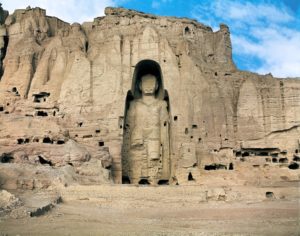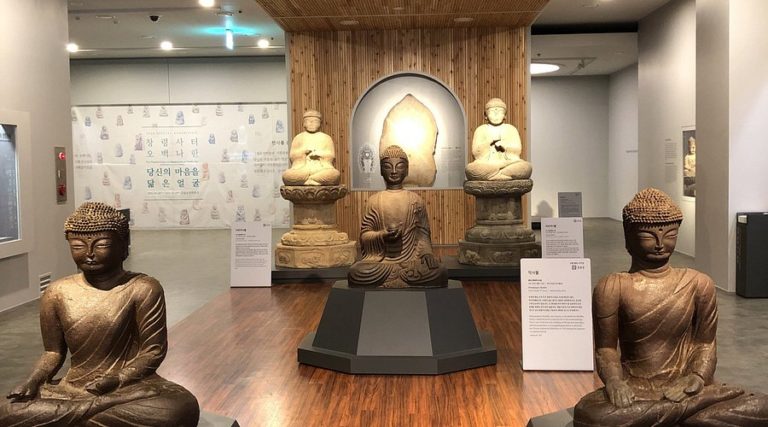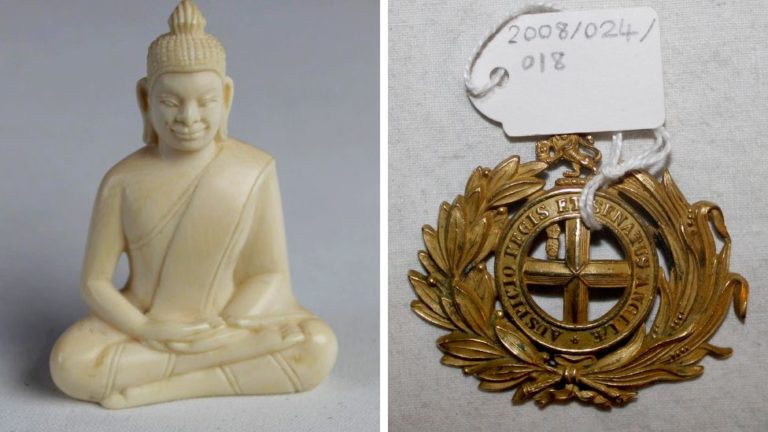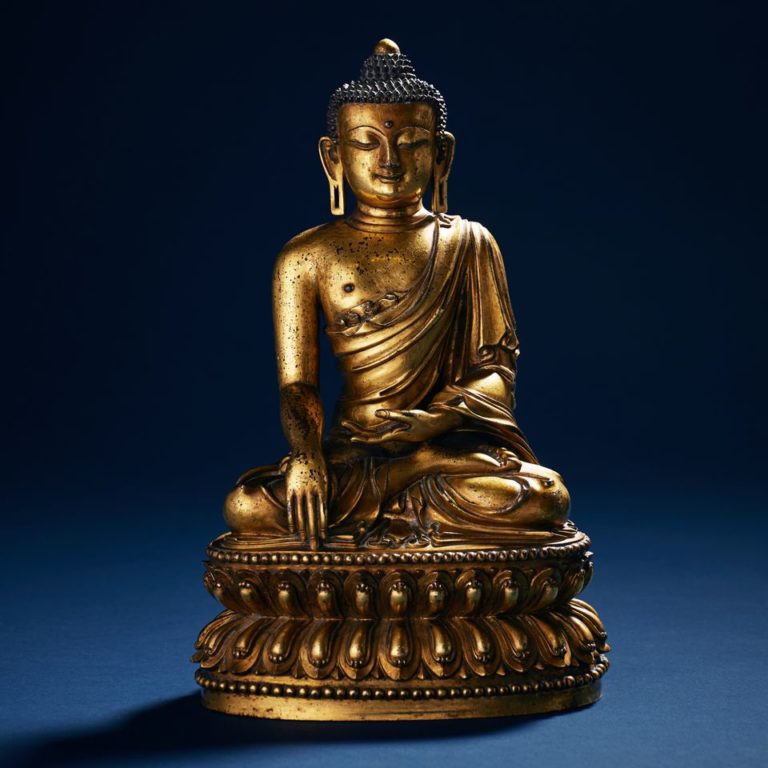
The destruction of Bamiyan Buddhas: How the Taliban obliterated the 6th-century monuments to deny their own past
When the statues were finally turned into rubble, the Talibani terrorists jumped and pranced around in celebrations. They fired weapons in the air, and brought nine cows to slaughter as a sacrifice, Hussain told BBC in the interview.
Amidst the fall of Kabul and an imminent takeover of entire Afghanistan by the Taliban, shocking visuals of people making a beeline to the Hamid Karzai International Airport to flee the country have surfaced on the internet. The scare and urgency to escape a Taliban regime is a reminder of the atrocities of the times the Islamic hardliners ruled Afghanistan.
During its heydays in the late 1990s, the Taliban was a force to reckon with, controlling entire Afghanistan. From 1996 to 2001, the Taliban remained in power in Afghanistan until the US invaded the country and brought the terror organisation to its knees.
However, when it was in power, it was known for its strict and unwavering adherence to the medievalist version of Islam and its intolerance towards non-believers, idol-worshippers and even idols. Muslims, who failed to comply with the Taliban’s puritanical view of Islam, were humiliated and punished, and in some cases even killed. Similarly, the non-Muslims in Afghanistan lived under constant fear of persecution in the Taliban regime.
The Taliban orders annihilation of Buddha statues in the Bamiyan Valley
The Taliban’s bigotry towards idol worshipping was most stark in the destruction of Bamiyan Buddhas, the much-revered 6th-century monumental statues of Gautama Buddha carved into the side of a cliff in the Bamyan valley of central Afghanistan. It was, by far, the most spectacular attack against the historical and cultural heritage of Afghanistan, evoking sharp condemnation from countries across the world.
The world’s largest standing Buddha statues had survived for a millennium and a half—until the Islamists of Taliban ordered their destruction. On 27 February 2021, Talibani leader Mullah Muhammad Omar, issued a decree ordering the elimination of all non-Islamic statues and sanctuaries in Afghanistan.
The announcement was met with global criticism, with prominent individuals, including the Dalai Lama, raising concerns and asking the Taliban to refrain from destroying the historical heritage of Afghanistan. However, the international criticism did little to dissuade the Taliban from annihilating the statues, which later became a template for the Islamic State fighters to vandalise the heritage sites in Iraq.
On March 2, the Talibani terrorists embarked on their task to blow the imposing statues of Buddha in the Bamiyan Valley into smithereens. A jihad was waged against the two Buddha statues—the one to the east 38 meters high, and the other one to the west, 55 meters high—hewn directly from the sandstone cliffs. Initially, the Talibani terrorists started the demolition of the revered statues with guns and artillery. But, when it proved to be ineffective, they brought in mines and rockets to blow the statues. It took them about 25 days for the statues to be razed to the ground.
Holes were drilled inside statues to plant dynamite: Man who helped Taliban blow up Bamiyan Buddhas
In his interview with the BBC, Mirza Hussain, who was one of those compulsorily conscripted by the Talibani leaders to destroy the statues, described the efforts undertaken by the Taliban to pull down the statues.
According to Hussain, when the Taliban’s attempt to bring down the idols with guns and artillery failed, they brought in explosives by the trucks. The conscripts were then asked to carry the explosives on their backs or in their arms to the statues. Some of them were even ordered to tie the big bombs to long sticks and carry them to the site.
Hussain recalled that men spent three days planting explosives around the statues. He further added that all the wires for detonation went all the way to a nearby mosque from where the explosions were triggered amidst shouts of “Allahu Akbar”.
“The explosion sent a whiff of black smoke in the air as the surrounding smelled of burned gun powder,” Hussain remembered. He also stated that the Taliban leaders had expected to bring the entire cliff down with the explosion but the bombs had only managed to blow off the legs of the bigger Buddha idol.
However, the setback did not deter the Talibani terrorists from persisting with their efforts to bring down the idols. Additional bombs were brought in along with other explosive materials that looked like soap and felt like dough, he recalled.
From that day onwards, Hussain said, the Taliban carried out two to three explosions every day to destroy the Buddha completely. They even drilled holes into the statues to plant the explosives.
When the statues were finally turned into rubble, the Talibani terrorists jumped and pranced around in celebrations. They fired weapons in the air, and brought nine cows to slaughter as a sacrifice, Hussain told BBC in the interview.
After the destruction of Bamiyan Buddha statues, a Talibani supreme leader in his interviews preened on his organisation’s efforts to destroy the Buddhas, stating that smashing idols was in accordance with the Islamic law that calls for the destruction of idols and their worshippers.
In 2003, UNESCO had declared the cliff face as a World Heritage Site, in remembrance of the now destroyed Buddha statues. In 2013, in an event called ‘A Night With The Buddha’, 3-D holograms of the ancient statues were projected on the niches, giving a feel of how the original monuments looked like.
The destruction of the Buddhas has been regarded as a crude symbol of the obliteration of the ancient relics and heritage of the ancient land.




